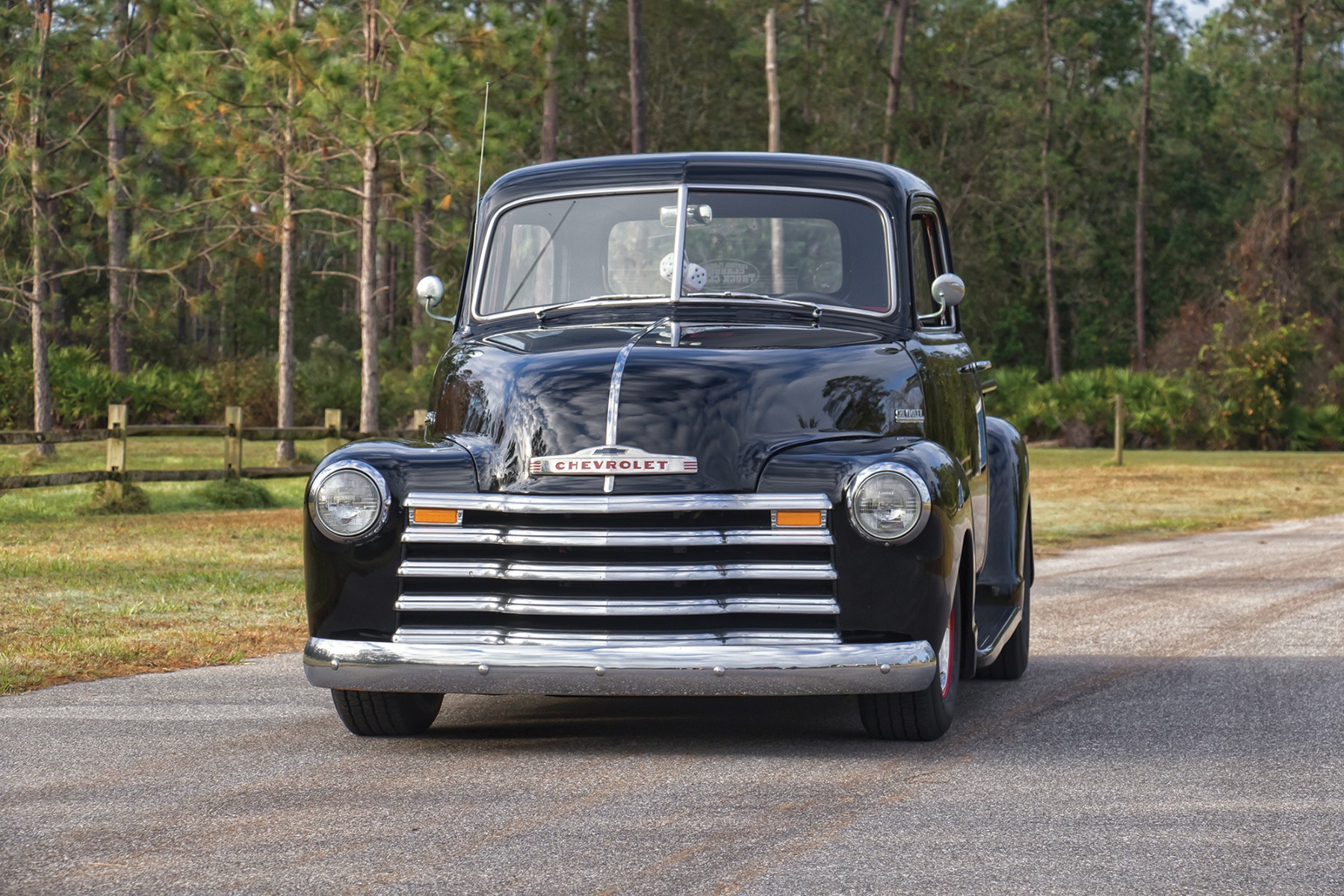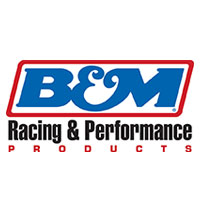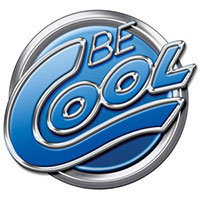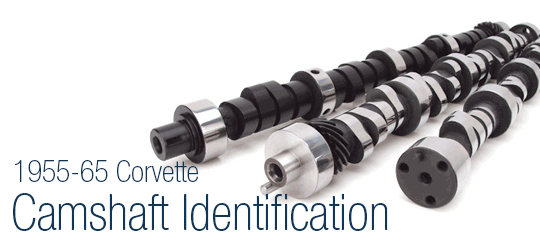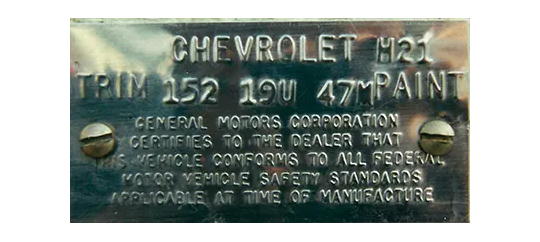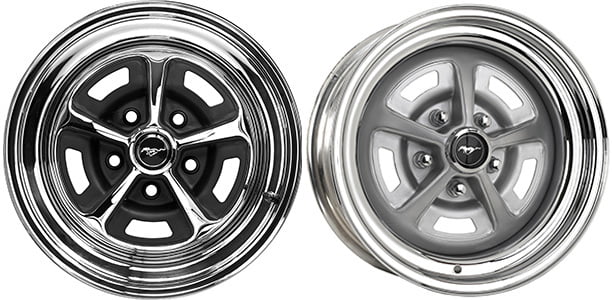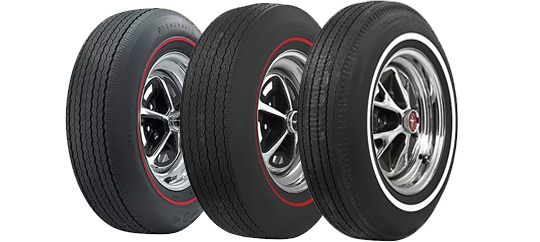Installing A Transmission Cooler
- Mar 6, 2015
Time: Approx. 2 hours
Tools: standard wrenches, small flat-blade screwdriver, razor blade
Cost: approximately $75
Tinware: transmission cooler and installation hardware (included in most kits)
Tip: Allow the transmission to completely cool before attempting to drain the fluid or disconnect any lines under pressure.
Performance gains: a cooler, more efficient transmission capable of handling increased loads and horsepower

Most transmission oil coolers come complete with the proper mounting hardware and instructions.
Automatic transmissions generally use the cooling efficiency of the radiator to cool the circulating fluid or oil. These fluid driven transmissions tend to operate in the temperature range between 150F–250F. On the backside of the transmission case towards the tailshaft you will find a pair of fittings with steel lines attached. These are the transmission cooler lines. If you follow their path, they will lead you to the fittings in the lower radiator tank at the front of the vehicle. Warm fluid from the transmission is forced under pressure through one line to the radiator for cooling. The fluid is then circulated through a series of coils or fins and returned back to the transmission in the opposite line.
Most automatic-equipped vehicles have this type of built-in transmission cooler inside the radiator. This is fine for most stock applications. However, in the demanding world of high performance, they seem to come up a little short. Due to time, extreme temperatures, and the relentless use and abuse of the transmission, the cooler assembly and its various components can take quite the flogging! And that’s not to mention the kind of shape the radiator might be in. Regardless, installing an external transmission cooler is one of the best policies of insurance you can throw at your transmission. The cooler will help guard and protect your transmission from excessive overheating due to pulling heavy loads, mountain driving, sustained high speeds, and racing. Whether or not you choose to run the cooler in series with the factory cooler, the installation is pretty straightforward and only requires a few basic hand tools.

The first thing to consider is the location and placement of the cooler. There are several different approaches here depending on your particular application and the space available. The first preferred location would be in front of both the radiator and A/C condenser (if applicable). This configuration (the cooler is the most forward component) will produce the highest efficiency in overall cooling. If in fact you do have an AC condenser, the second pick would be to install the cooler between the radiator and the condenser. In a last resort effort, the install can be made with the cooler behind the radiator. However, you would lose approximately 40% of its cooling capacity by doing so.

Now let’s take a look at the existing cooler lines. Oil flow direction must be determined before installing the cooler or modifying the lines. With the exception of the TH-350 and the TH-700-R4, most GM transmissions utilize the upper fitting on the case as the oil return line. Double-check the flow direction of the oil just to be sure. This can be done a couple of different ways. Start the engine and put the transmission in gear to heat the oil. Shut the car off and feel the temperature of both cooler lines. The warmer line will be the pressure line which delivers the oil from the transmission to the radiator. Another sure-fire way to tell pressure from return is to disconnect either cooler line at the radiator. Place a small rubber hose over the exposed fitting and start the engine. Put both line ends into a container and see which one yields fluid. If the oil comes from the cooler line, that’s the pressure side. If fluid exits the radiator, that’s the return side.
As you probably know, there’s no shortage of aftermarket companies selling transmission oil coolers. Each one may vary slightly in appearance or design, but the principal and function remains the same. Regarding the actual installation, follow the manufacturer’s instructions. The mounting methods and hardware may be different from what is shown here. Select the one that best suits your performance needs and cooling requirements.







